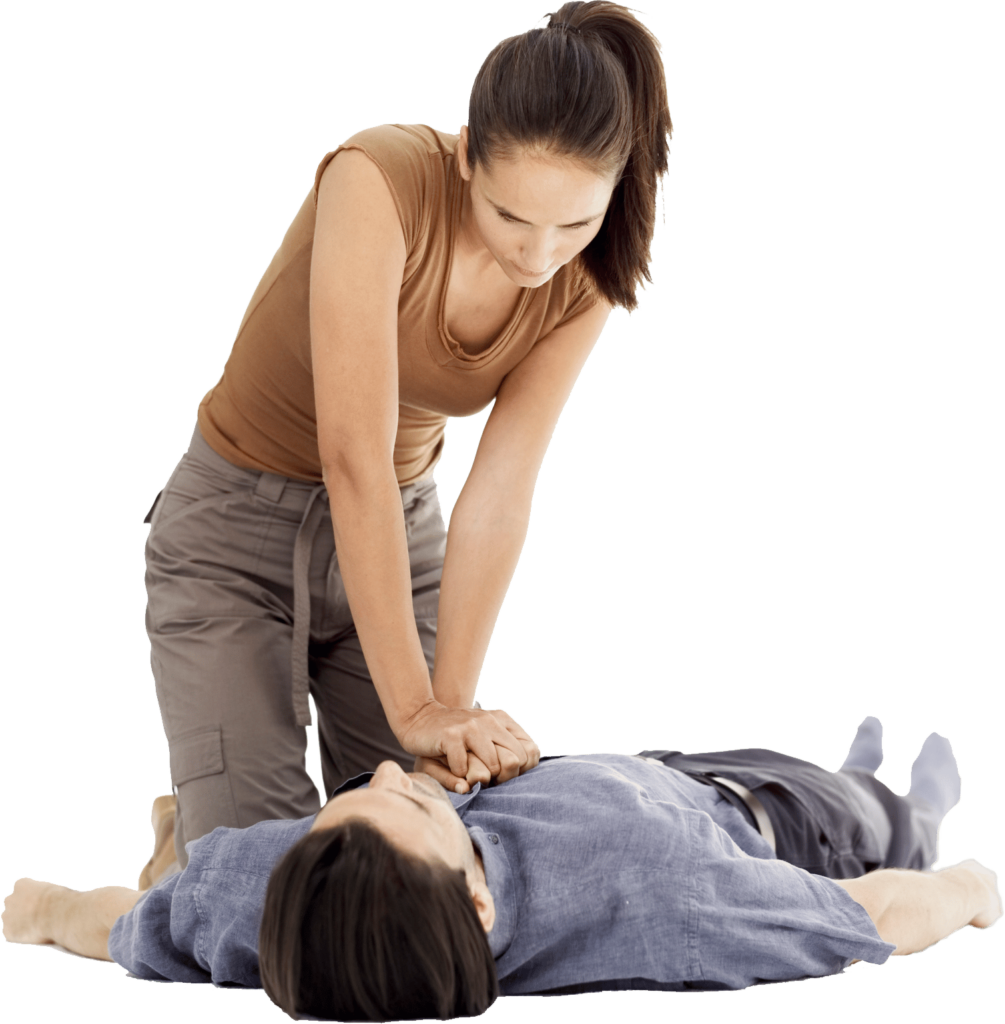

Knowing how to provide Basic Life Support (BLS) can make all the difference during a medical emergency. BLS training equips us with the skills needed to respond to life-threatening situations, such as heart attacks or choking. It’s not just for healthcare professionals; teachers, parents, and anyone else can benefit from learning BLS. This training helps ensure that you are ready to act quickly and correctly when someone’s life is on the line.
The core of BLS training includes essential skills like performing chest compressions, giving rescue breaths, and using an AED (Automated External Defibrillator). These actions are crucial in keeping blood and oxygen flowing to vital organs until professional medical help arrives. BLS training also covers how to handle different scenarios for infants, children, and adults, making it a comprehensive life-saving toolkit.
Beyond the immediate impact of saving lives, BLS training builds confidence and empowerment. When you know what to do in an emergency, you can remain calm and effective. This training is invaluable for anyone who might find themselves in a position to help, whether at work, home or in public spaces. Learning BLS is a step toward becoming a proactive and responsible member of our community.
Basic Life Support (BLS) training gives us essential skills to act in emergencies. It includes techniques to help someone whose heart has stopped or who can’t breathe. These skills are important because they keep blood and oxygen flowing to the brain and other vital organs.
The main components of BLS include chest compressions, rescue breaths, and using an AED (Automated External Defibrillator). Chest compressions help keep the heart pumping blood. Rescue breaths provide oxygen to the person in need. An AED can restart the heart if it stops. Knowing how to do these correctly can save lives.
BLS training is designed for different age groups: adults, children, and infants. It’s important to use the right techniques for each group. For example, chest compressions on an infant require less force than on an adult. This training also covers how to clear blocked airways, such as using the Heimlich maneuver. Mastering these components helps us stay prepared to assist anyone, regardless of their age.
BLS training is vital because it equips us to respond swiftly and effectively in emergencies. When someone collapses or stops breathing, every second counts. Knowing how to perform BLS can make the difference between life and death while waiting for professional help.
Immediate action can prevent brain damage and increase the chances of survival. For example, during a cardiac arrest, delivering chest compressions and using an AED as soon as possible is crucial. These actions help maintain circulation and oxygen flow to the brain and other organs until emergency services arrive.
BLS skills are useful not just for medical emergencies but also for everyday accidents at home or work. From falls to choking incidents, knowing how to respond appropriately can dramatically improve the outcome. Learning BLS is about being ready to help in critical moments, ensuring that you can provide the necessary care when it matters most.
Basic Life Support (BLS) skills are vital in many everyday situations. Understanding when and how to use these skills can make a huge difference during emergencies. Here are some common scenarios where BLS skills are essential:
1. Cardiac Arrest: If someone suddenly collapses and stops breathing, BLS skills, like CPR and using an AED, can keep blood and oxygen flowing to vital organs until professional help arrives.
2. Choking: Knowing how to perform the Heimlich maneuver can save someone from choking. This is crucial in places like restaurants, family gatherings, or any public event.
3. Drowning: In cases of near-drowning, performing rescue breaths and chest compressions can help restore normal breathing and heartbeat.
4. Severe Allergic Reactions: While waiting for medical help, providing BLS to someone experiencing a severe allergic reaction can stabilize them and keep them safe.
5. Accidents and Trauma: Whether it’s a car accident, sports injury, or a fall, providing immediate BLS can prevent further harm and support recovery until emergency services arrive.
These scenarios highlight the importance of BLS training for everyone. With these skills, you are better prepared to respond effectively in critical moments.
Getting BLS certified in Dallas is straightforward and highly rewarding. Here’s how you can become certified and what you can expect from the training:
1. Find a Class: Search for BLS certification classes available in Dallas. Many classes are scheduled on Thursday evenings and Saturday mornings, allowing flexibility for different schedules.
2. Register for the Course: Sign up for a course that fits your availability. Consider what’s included in the course, such as CPR for different age groups, AED usage, and the Heimlich maneuver.
3. Attend the Training: The training sessions typically last about three hours. During the class, you will learn:
4. Complete the Certification: After completing the course, you receive an American Heart Association CPR Certification E-Card on the same day. This card is valid for two years, so you stay prepared and certified.
5. Stay Updated: Once certified, it’s important to refresh your skills regularly to ensure you remember the techniques and advances in BLS.
By following these steps, you can be ready to provide life-saving support in emergencies.
Being equipped with CPR and BLS skills is crucial for everyone. These skills enable us to save lives and provide necessary support in various emergencies. From cardiac arrests to choking incidents, BLS skills ensure you are prepared to act swiftly and correctly. Getting certified also brings peace of mind, knowing you can help your family, friends, and community members.
In Dallas, many opportunities are available to get BLS certified. The training is detailed yet easy to follow, and the benefits are long-lasting. By investing time in learning these skills, you contribute to a safer and more prepared community. The certification process is simple, and with frequent classes, there’s always a chance to get trained and certified.
Ready to make a difference? Join us at Rapid CPR Dallas for a BLS certification. Our training sessions are designed to fit your schedule and provide you with the essential skills needed to save lives. Contact Rapid CPR Dallas today to learn more and to sign up for a class. Together, we can build a safer community, one certified individual at a time.

